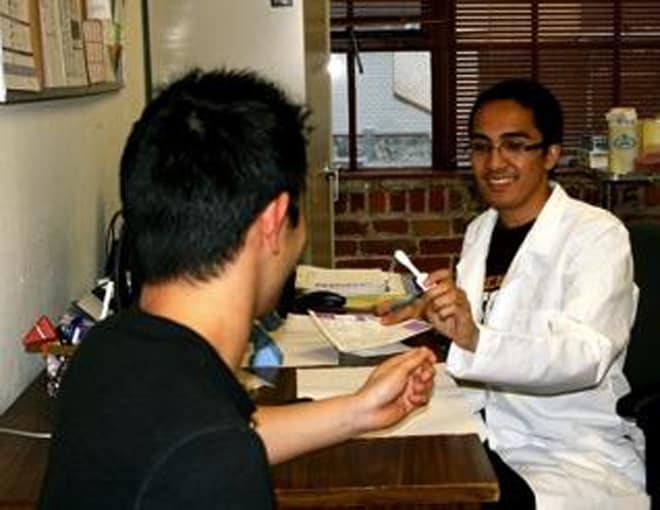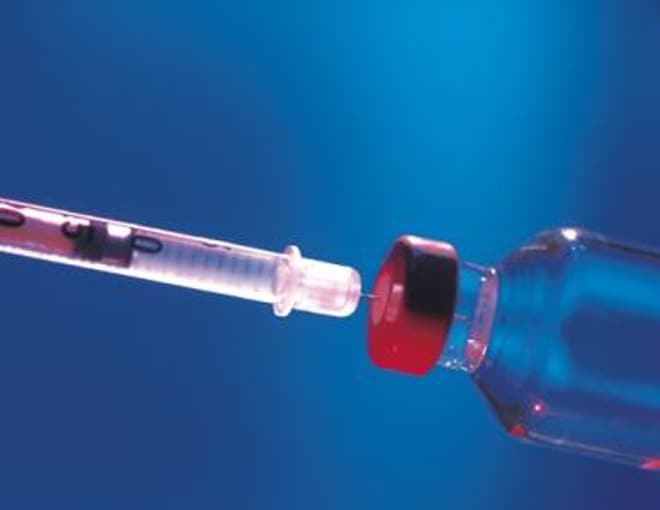Pre-Exposure Prophylaxis for Prevention of HIV
Presented on .
An estimated 50,000 individuals become infected with the human immunodeficiency virus (HIV) in the United States annually. A new prevention strategy, Pre-exposure Prophylaxis (PrEP), is intended for high-risk populations to reduce their risk of becoming infected with HIV. PrEP includes daily medication and routine follow-up. When used consistently, PrEP is shown to reduce the risk of HIV infection. If delivered effectively and used in combination with other proven prevention methods, PrEP may play a significant role in helping to address the HIV epidemic in the United States.
This session of Grand Rounds explored the opportunities for using PrEP as another tool to prevent the transmission of HIV and discuss the challenges to effective implementation that must be addressed to make PrEP a success.
Dr. John Iskander sits down with Dr. Dawn Smith and Dr. Melanie Thompson to discuss Pre-Exposure Prophylaxis (PrEP) as an HIV prevention tool. When taken consistently, PrEP has been shown to reduce the risk of HIV infection by up to 92%.
Patients should know that:
- PrEP is very well tolerated
- No serious side effects were observed
- When taken as directed, PrEP is effective
Practitioners should be aware that:
- PrEP is approved for use in populations with substantial risk of ongoing exposure
- Several resources are available to aid in learning about and prescribing PrEP
- Talking to patients about medication adherence and risk reduction is key to efficacy
- Walid Heneine, Phd
- Team Lead, Surveillance, Antiretroviral Prophylaxis and Drug Resistance, Laboratory Branch, Division of HIV Prevention
National Center for HIV, Viral Hepatitis, STD, and TB Prevention, CDC
- Melanie Thompson, MD
- Founder and Principal Investigator
AIDS Research Consortium of Atlanta
- Dawn K. Smith, MD, MPH, MS
- Biomedical Interventions Activity Lead, Prevention with Negatives Team,
Division of HIV Prevention
National Center for HIV, Viral Hepatitis, STD, and TB Prevention, CDC
- Jonathan Mermin, MD, MPH
- Director
National Center for HIV, Viral Hepatitis, STD, and TB Prevention, CDC
- John Iskander, MD, MPH
- Scientific Director
- Phoebe Thorpe, MD, MPH
- Deputy Scientific Director
- Susan Laird, MSN, RN
- Communications Director
Get notified about the latest updates from Public Health Grand Rounds right in your inbox by setting up an alert today!
Get notified about the latest updates from Public Health Grand Rounds right in your inbox by setting up an alert today!Sign Up
Get notified about the latest updates from Public Health Grand Rounds right in your inbox by setting up an alert today!

The incidence of HIV is stable, and effective treatment exists to prevent illness and death. Over 1.1 million people are living with HIV. The growing number with the potential to transmit HIV presents a challenge for prevention. Learn about new directions in monitoring the burden of HIV and resource allocation.

Injectable medicines are used to prevent, diagnosis, and treat various illnesses. Unsafe injection practices in various healthcare settings put patients at risk of infection. Find out how these harms are preventable through renewed attention to infection control and injection safety practices.